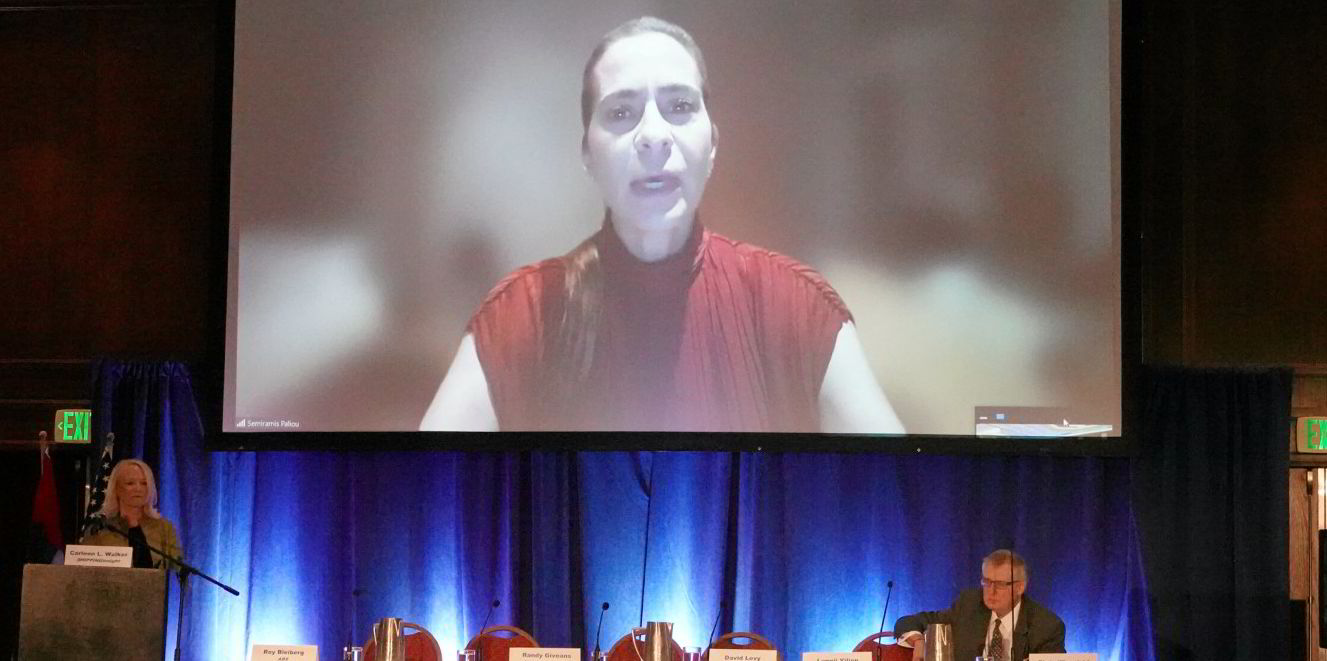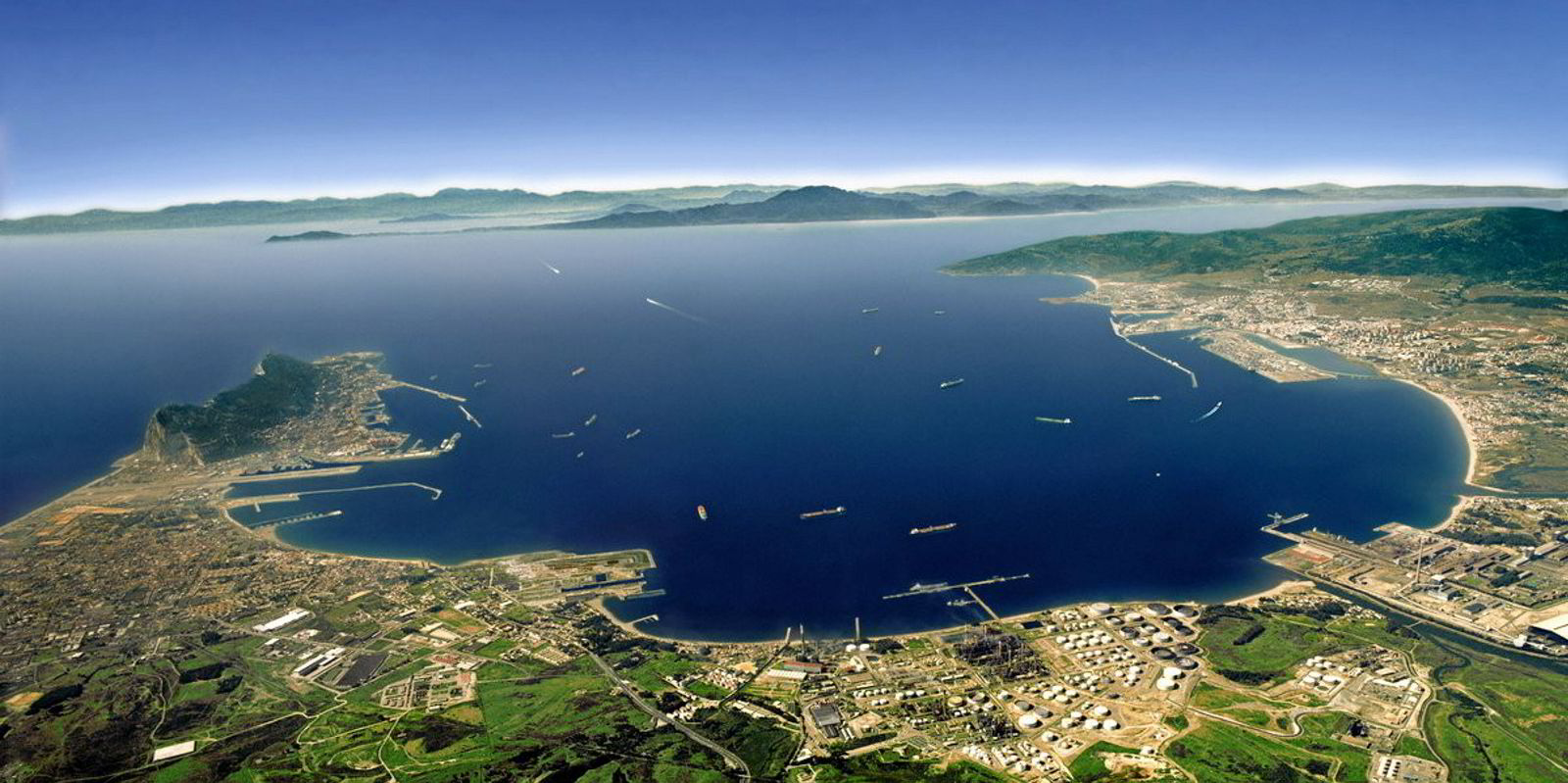Calculating well-to-tank emissions from alternative fuels will be crucial in ensuring a full well-to-wake reduction by shipping, according to a report.
Simply securing carbon-neutral or carbon-free fuels will not be sufficient if CO2 or other greenhouse gas emissions are generated along their production and supply chain, the Bureau Veritas study argues.
Hydrogen and ammonia have almost no tank-to-wake emissions but are among the highest emitters from a well-to-wake perspective when produced from natural gas, as is currently mostly the case.
It is not just alternative fuels developed from non-renewable sources that can result in more GHG emissions than fossil fuel counterparts. Even if great care is taken to sustainably produce low-carbon fuels from renewable sources, GHG emissions are likely to occur at some point in a supply chain, Bureau Veritas said.
“Even carbon-free fuels may have a carbon-intensive supply chain, and may release other GHGs,” the report, Alternative Fuels Outlook for Shipping, said.
Burnt in an engine, ammonia combustion may emit nitrous oxide (N2O), a highly potent GHG with a global warming potential 273 times higher than CO2.
And if hydrogen is released into the air, it may react with methane and the ozone layer to cause indirect greenhouse effects.
Lead author of the report, Paul Delouche, strategy director at Bureau Veritas Marine & Offshore, told TradeWinds that issues around the possibility of N2O emissions and the toxicity of ammonia as a fuel “should not be hidden under the carpet”.
Delouche cannot say how far engine manufacturers have got with solving the issues, but they are fully aware of the problems and working on them. He believes there will be some emissions, but hopes they can be made manageable.
The emission factor of fuels sourced from green energy also depends on the type of renewable energy used to produce them. For instance, hydropower generally has a lower GHG emissions factor than solar power, according to Bureau Veritas.
E-methane produced from solar panels and transported over long distances in a cryogenic state will also have greater well-to-wake emissions than locally consumed e-methanol produced from a wind farm.
But Bureau Veritas said second-generation biofuels, made from lignocellulosic biomass or residual feedstocks from forestry or crops so that they do not compete with food sources, could be “a serious contender” for an alternative marine fuel, provided they are available at scale.
Well-to-wake, or life-cycle emissions, refers to the entire process from fuel production, and delivery to using on board ships and all emissions produced therein. This process consists of two parts: well-to-tank and tank-to-wake.
This is because they can have a low environmental impact and GHG emissions profiles across their life cycle.
“In the mid-term, they could represent a non-negligible part of the fuels used by the industry, occupying a broader place than initially expected by some observers,” the report said.
Delouche said second-generation biofuels, including bio-methanol or e-methane, could supply the entire shipping industry, although they will face competition from aviation, which has roughly equivalent needs.
Shipping has an opportunity to use vegetable oils or fats for less refined biofuels that can be used in marine engines, he said, and big container carriers are already securing bio-methanol fuel sources.
Big opportunity
Delouche said: “The most important takeaway is to look at full life cycles of alternative fuels, from well to wake” and to address other GHG emissions.
“Alternative fuels are only part of the solution”; other clean technologies and alternative propulsion systems, such as wind assistance or carbon capture, have a part to play.
Delouche said shipping also has a big opportunity from the development of a wider ammonia economy.
“Shipping will become more prominent in a future zero-carbon world” when production of ammonia extends beyond its current main use for fertilisers, because a lot of green hydrogen will be generated in places where there are abundant wind and solar resources that are distant from developed countries.
“This green energy will need to be transported, probably in the form of ammonia as a cargo. It means there is a bright future for shipping on new trade routes and in new markets,” he said.
Initial studies of the cost of transporting liquid e-fuels by ship — including e-methanol, e-ammonia and e-LNG, but excluding e-hydrogen — show it would represent 5% to 10% of production costs, depending on the distance travelled, the report added.





